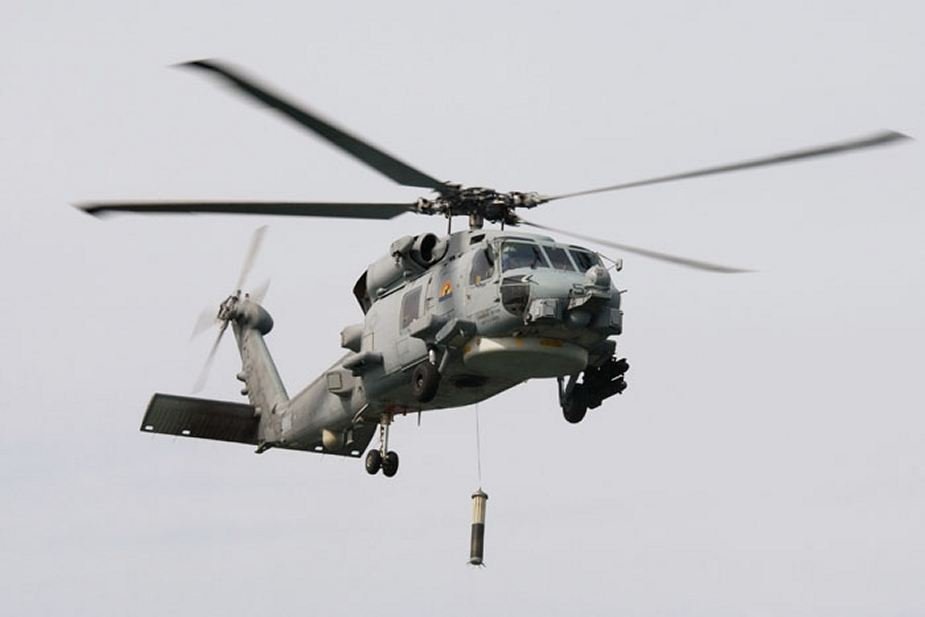Breaking news
Lockheed Martin selects Thales to deliver ALFS dipping sonars.
According to a press release published by Thales on April 27, 2021, the firm has signed a contract with Lockheed Martin as a tier-one supplier for the delivery of up to 55 airborne anti-submarine warfare sonars. The ALFS (Airborne Low Frequency Sonar) dipping sonars will be installed on the MH-60R platform for the U.S. Navy and three additional navies. Delivery of the first 42 systems will occur over the next five years with a delivery of 13 optional systems to occur in year six.
Follow Navy Recognition on Google News at this link
 The ALFS integrated dipping sonar system enables the MH-60R to accomplish assigned undersea warfare missions (Picture source: Lockheed Martin)
The ALFS integrated dipping sonar system enables the MH-60R to accomplish assigned undersea warfare missions (Picture source: Lockheed Martin)
Thales has delivered more than 300 ALFS sonars to the U.S. Navy since the early 2000s and this new contract with Lockheed Martin will continue to support the Navy’s readiness strategy. The navies of India, Denmark and Greece will receive their first deliveries of the ALFS sonar system through direct U.S. Foreign Military Sales of the MH-60R platform.
To maintain control over their maritime space and protect security interests around the world, naval forces need reliable, high-performing systems to operate with optimum effect on missions including anti-submarine warfare, maritime search and rescue, defense of maritime approaches and fleet protection for naval forces on deployment.
Offering unparalleled protection to maritime convoys, the ALFS anti-submarine warfare system is capable of detecting, classifying, prosecuting, harassing or attacking submarines, making Thales the benchmark for the world’s major navies. In addition to the U.S. Navy, the other navies that have chosen Thales dipping sonar solutions include the navies of Australia, France, Norway, the Philippines, Poland, South Korea, Sweden, the United Arab Emirates and the United Kingdom.
As a low frequency active sonar, ALFS is designed for the initial detection and tracking of opposing submarines. It offers a long detection range with a wide coverage rate and a low false alarm level, both in deep and coastal waters. It can be used autonomously to clear a particular area or as a complementary anti-submarine warfare asset to sonars on board surface vessels for target relocation and attack.




























